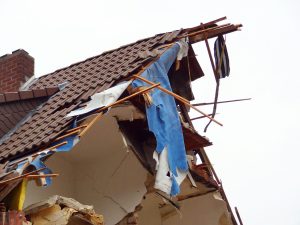Insulation is one of the most cost-effective ways to increase the value of your home. It can also slash your energy bills and make the…
Building materials appear to evolve in bursts, driven by the needs of civilisations wanting to make statements with temples and impressive feats of engineering. This…
Welcome to our article on cutting-edge solutions for efficient wall insulation. In today’s fast-paced world, energy efficiency is paramount, and proper insulation plays a crucial…
Are you tired of high energy bills? Look no further. Discover the power of eco-friendly insulation materials to save on your monthly expenses without compromising…
In order to achieve net-zero energy, all building components must be optimized. This includes insulation. High R-Values for the wall, roof, and floor resist heat…
Choosing the right materials for your building is essential to ensuring that it will last and remain strong. While it may be tempting to prioritize…
Environmental concerns including climate change, depletion of natural resources, and pollution are driving the shift toward sustainable construction materials. The good news is that there…
Structural integrity is the ability of a structure to fulfill its intended purposes for a long period of time. This concept often involves ensuring that…
In today’s article, we delve into the world of wall insulation and its role in reducing condensation. Identifying the most effective type of insulation for…
In this article, we will explore the top six methods to insulate walls seamlessly, providing you with the knowledge and guidance to enhance the energy…

